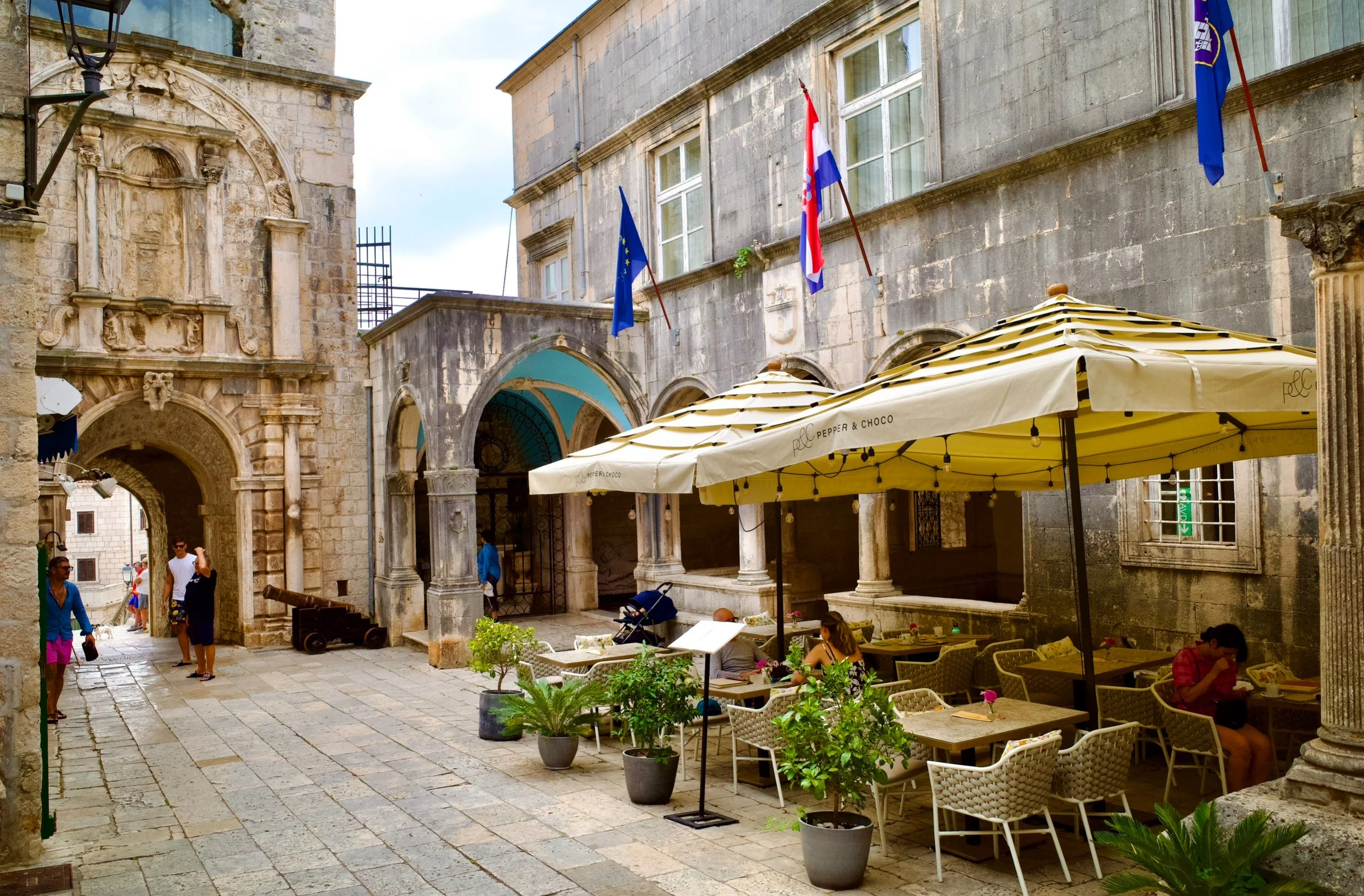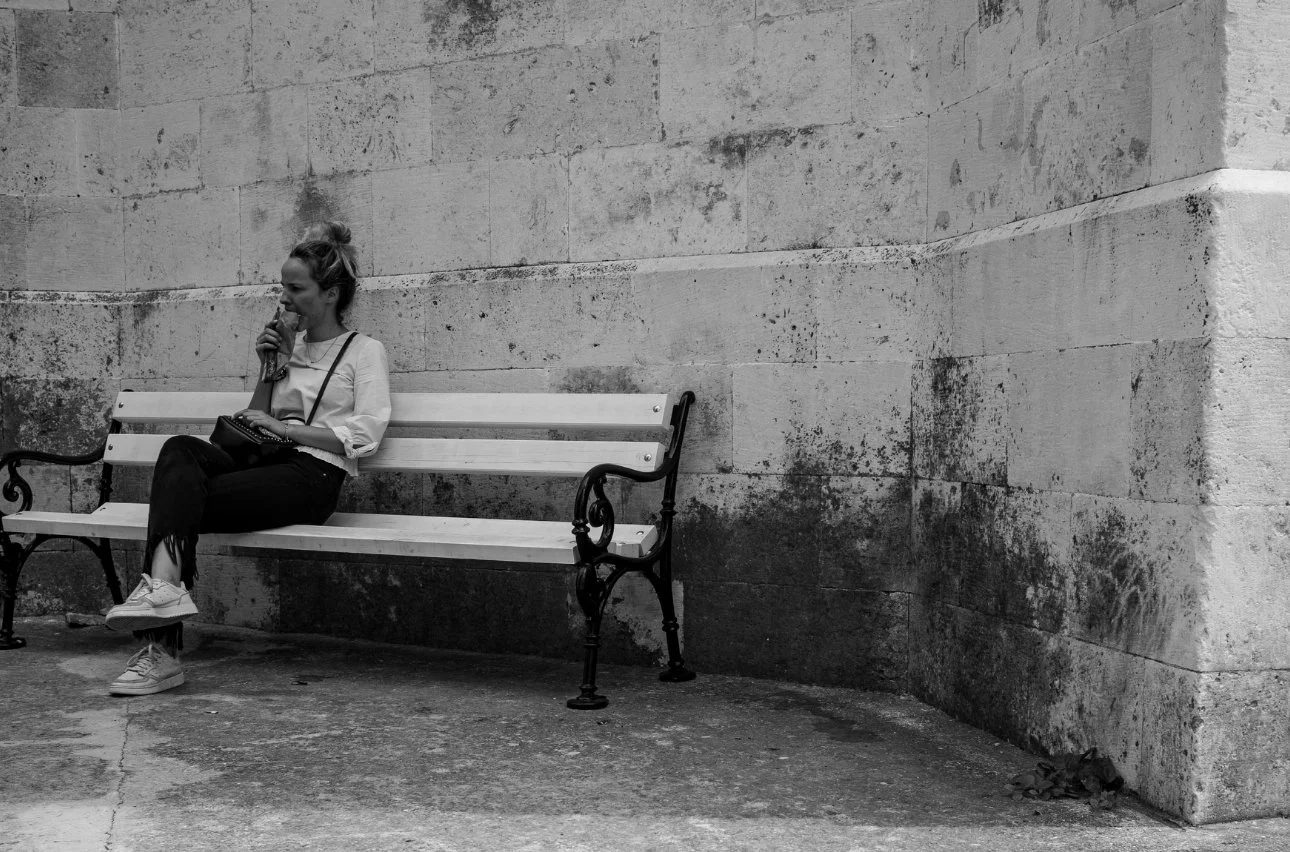Episode 162
Dobar dan, slušatelji!
We’ve got another mini-series in store for you today, friends.
Describe yourself, na Hrvatski!
It’s Uncle Mike’s turn to build Croatian sentences and describe himself.
Can you give it a try? Keep it simple.
Lesson
Describe yourself - Opišite se.
I’m a man with short, red hair. - Ja sam muškarac s kratkom, crvenom kosom.
I have a lot of freckles. - Imam puno pjegica.
I'm forty-seven years old, and I'm not married. - Imam četrdeset sedam godina i nisam oženjen.
I need coffee every morning. - Trebam kavu svako jutro.
I enjoy nature, however I don't like being in the sun. - Uživam u prirodi, međutim ne volim biti na suncu.
I'm kind, but I'm shy. - Ljubazan sam, ali sramežljiv.
I enjoy a good laugh and scary movies. - Volim se dobro nasmijati i gledati horor filmove
Super Slatko Report
DJ Moe gives us a tall dose of big Croatian nature in the Super Slatko Report. If you’ve had the opportunity to drive along the highways passing Split, you’ve scene the wonderful backdrop of Mosor Mountains. Stick around for the SSR to find out more!
If you’ve ever stood in the city of Split, squinted toward the horizon, and wondered what that rugged, gray-green wall in the distance was — allow me to introduce you to Mosor Mountain. Stretching proudly along Croatia’s Dalmatian coast, Mosor rises just northeast of Split, between the towns of Omiš and Klis. This limestone giant forms part of the Dinaric Alps, the mountain range that seems to hold up the entire Adriatic. The highest peak, Veliki Kabal, stands at a commanding 1,339 meters (about 4,393 feet), while its lowest slopes tumble toward the coastal plain and the villages that have dotted its base for centuries. There’s no permanent population on the mountain itself.
Geologically speaking, Mosor is a limestone masterpiece — the product of eons of compression, uplift, and the Adriatic’s particular brand of stubborn geology. Like most of the Dinaric Alps, it’s riddled with karst features — caves, sinkholes, and fissures that one has to be aware of. Beneath its ridges lies a network of caves beloved by spelunkers, including the famous Vranjača Cave, filled with stalactites, stalagmites, and cool sounds supplied by dripping water. These slopes are home to Mediterranean shrubs, pine forests, and hardy wildflowers that bloom right up against stone. You’ll also find eagles circling above, foxes darting through the brush, and the occasional snake warming itself on a sunlit rock.
The name Mosor has ancient roots, with scholars suggesting it derives from the Illyrian or pre-Slavic word for “mountain” or “massive stone.” When Slavic settlers arrived in the early Middle Ages, they didn’t bother renaming it. The Illyrians, Greeks, and Romans all knew of the mountain that shadowed the coast; it served as both a natural barrier and a landmark for travelers and sailors. By the time Split’s most famous resident, Emperor Diocletian, built his palace nearby around 300 CE, Mosor was already an old soul, watching over the coastline like a silent guardian carved by time itself.
Mosor may not be a battlefield or a seat of ancient kings, but it holds its own place in Croatian culture. Local shepherds once grazed their flocks along its slopes, and stories of fairies, spirits, and mysterious lights have been told for generations. In more recent history, it became a beacon for hikers and mountaineers — the Split Mountaineering Society Mosor, founded in 1924, made it a hub for outdoor adventure and environmental pride. And let’s not forget the Mosor Observatory, perched high in the clear mountain air — one of the few places in Dalmatia where you can gaze not just at the beautiful islands of the Adriatic, but the stars in the heavens too.
Today, Mosor is a hiker’s dream and a photographer’s playground. The most popular route begins in the village of Sitno Gornje, about a 30-minute drive from Split, and winds up to the Lugarnica mountain hut and beyond to Veliki Kabal. The climb to the summit takes around 4 to 5 hours round trip, depending on your pace — and your willingness to stop for breathtaking pictures . It’s moderately challenging, but well within reach for most healthy hikers. Spring and autumn offer the best weather, with cooler temperatures and wildflowers everywhere, though early morning summer hikes reward you with that perfect Adriatic sunrise. Be sure to bring water, sturdy shoes, and a respect for nature.
Mosor Mountain isn’t just a pile of rocks looming over Split — it’s a living landscape of myth, geology, and Croatian pride. It’s where ancient worlds meet modern adventures, where stories echo through limestone valleys and telescopes point to galaxies far beyond. So, to sum it all up: (1) it’s geologically fascinating — a limestone wonder carved by time; (2) it’s culturally rich — a mountain of legends and local heritage; and (3) it’s completely hikeable — a natural gym with an Adriatic view. Whether you climb it, photograph it, or simply admire it over a cup of coffee in Split, Mosor stands as a reminder that Croatia’s beauty doesn’t stop at the sea.
And that’s it for the super Slatko report.






